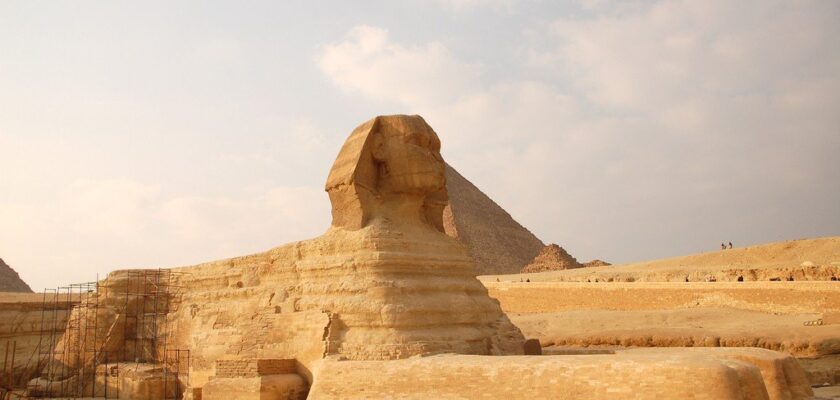The Great Sphinx in Giza
The Sphinx, one of mankind’s greatest mysteries rests in the ancient lands of Egypt. The archaic monument of gigantic proportions spreads out on the western bank of the Nile, guarding the epochal pyramids for centuries. The mythical creature with the body of a lion and the head of a pharaoh, shrouded in a fog of endless mysteries and questions, symbolizes the entire country and represents an unsolved milestone of history. The magnificent Great Sphinx – attracts, intrigues, impresses, and inspires awe.
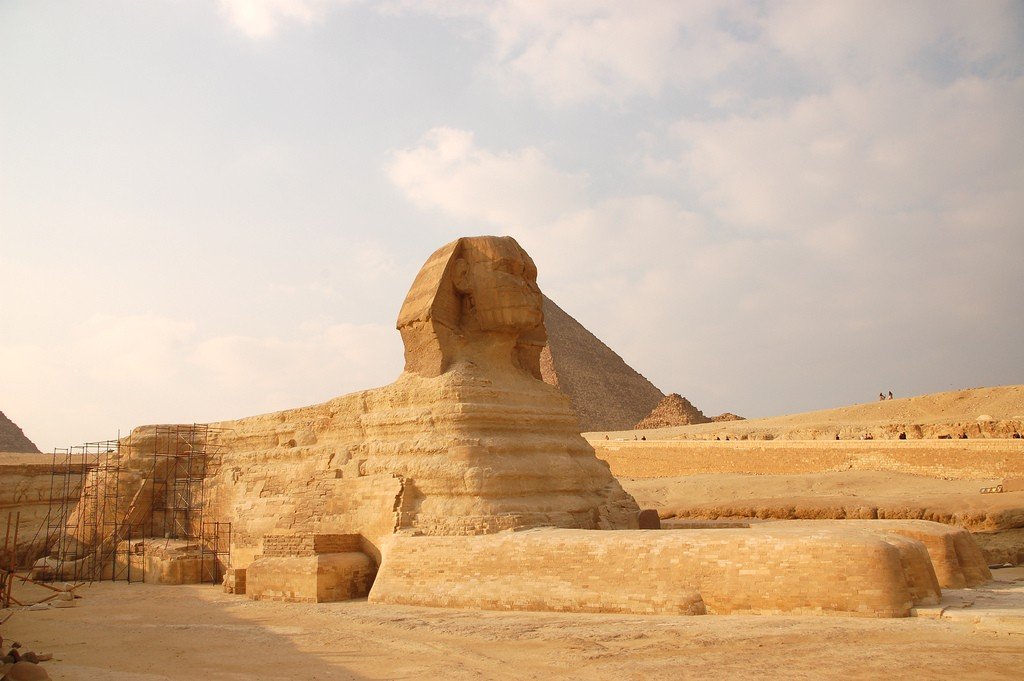
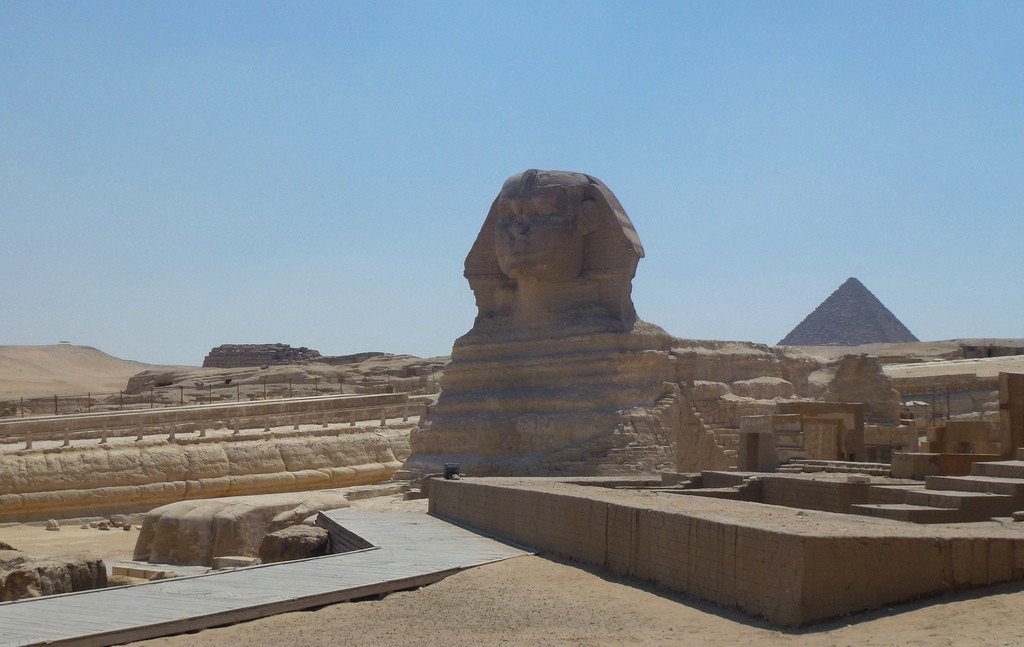
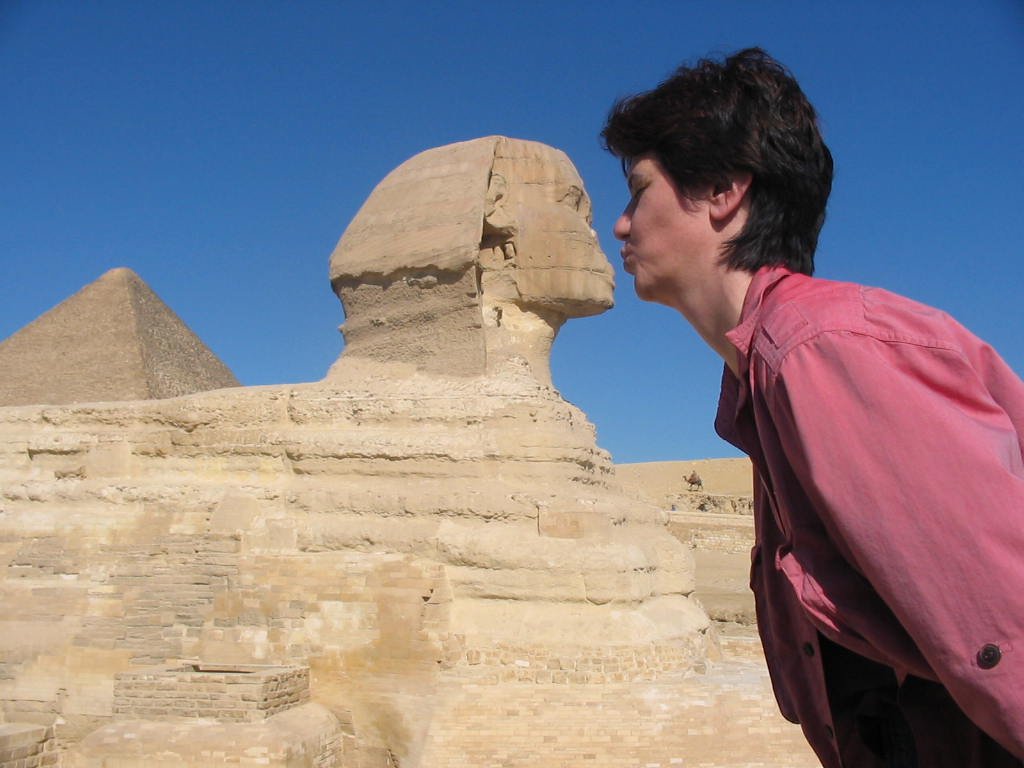
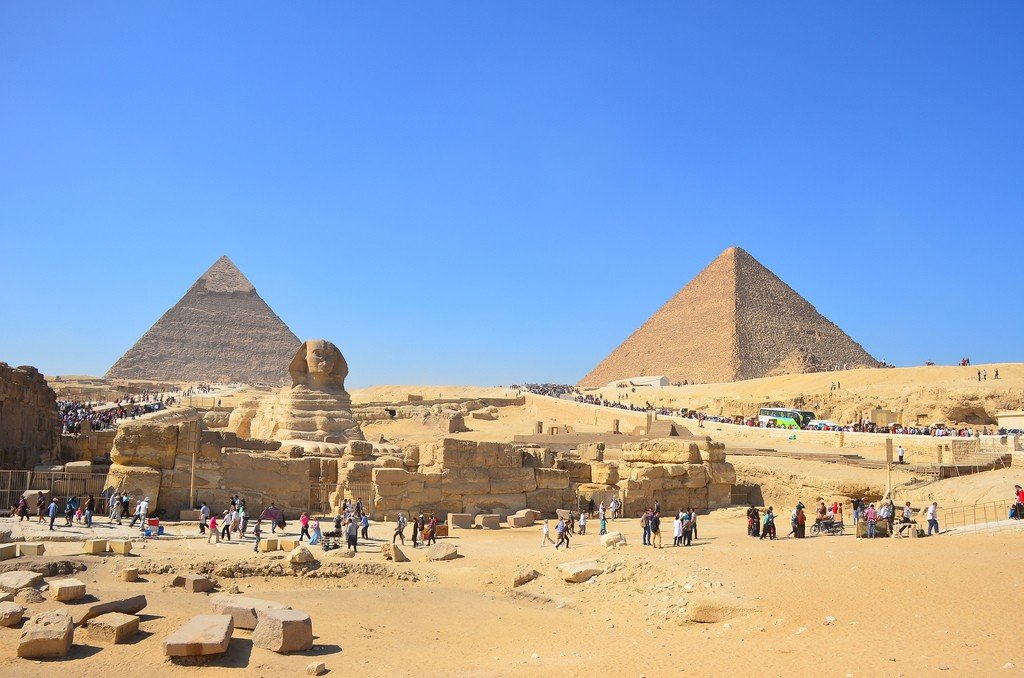
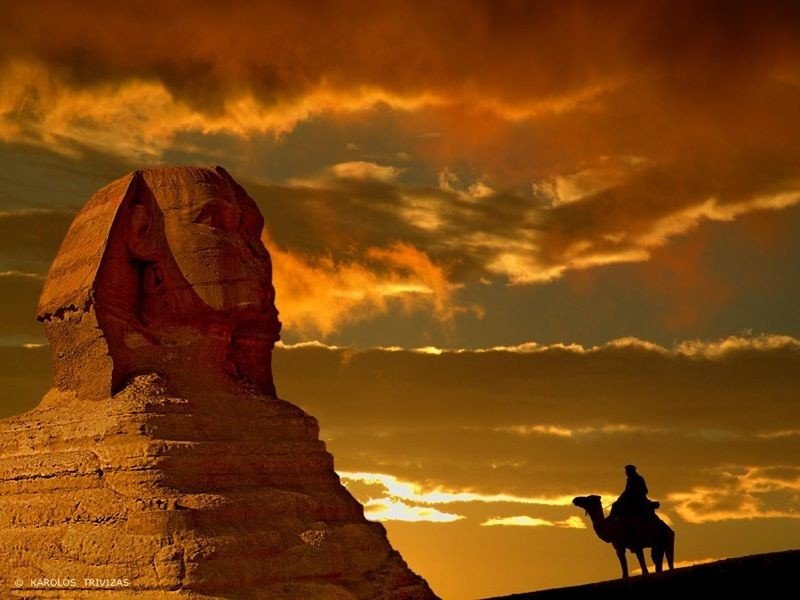
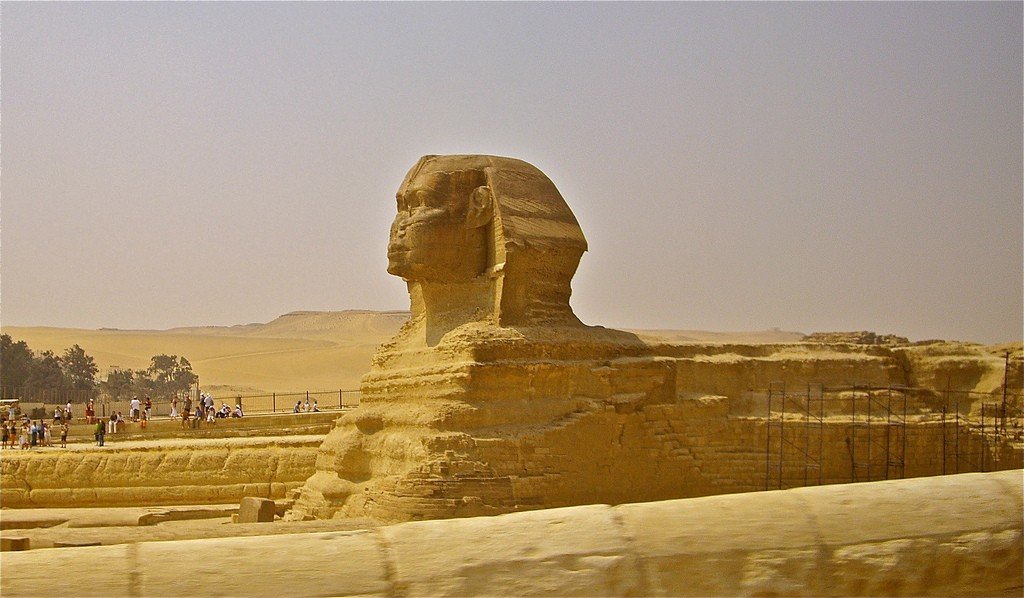
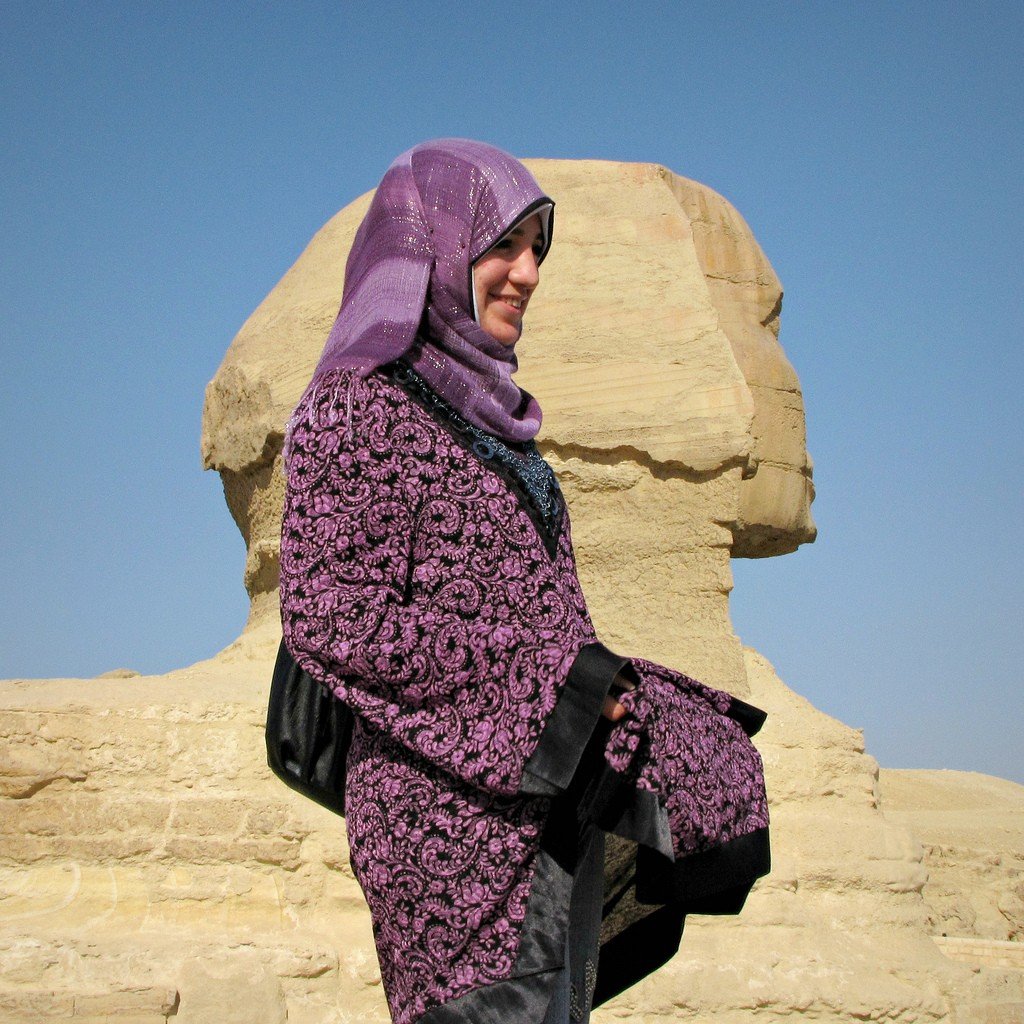
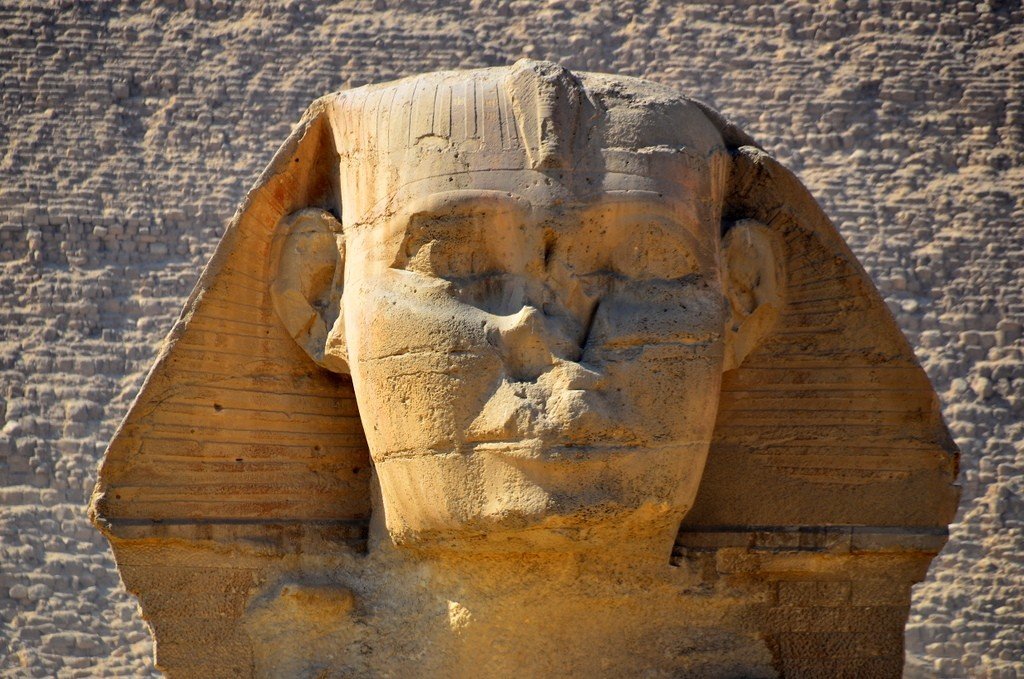
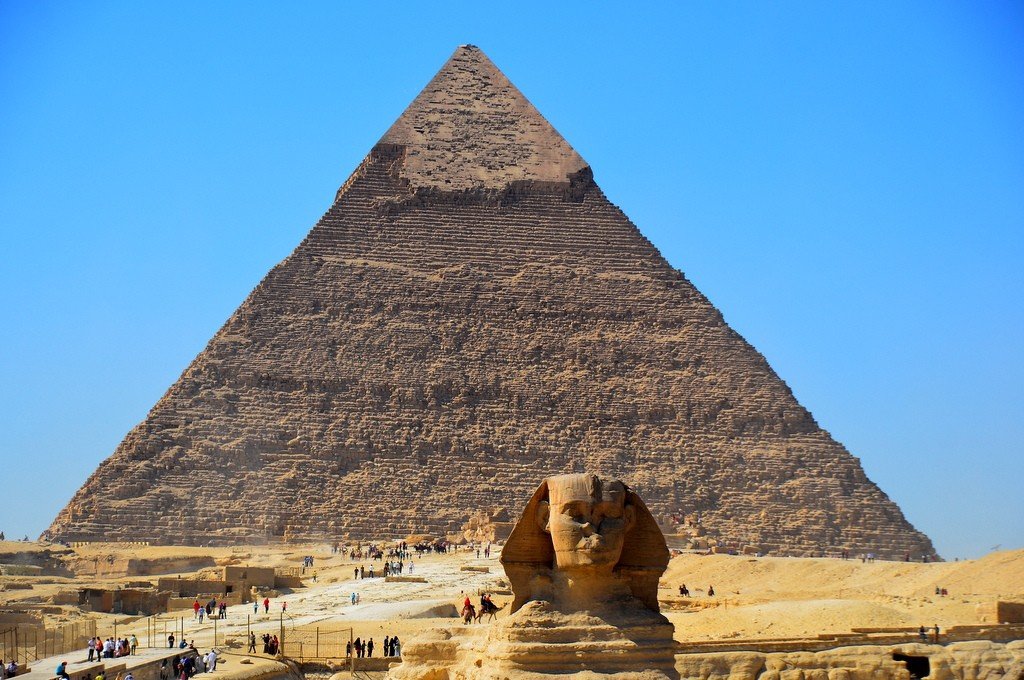
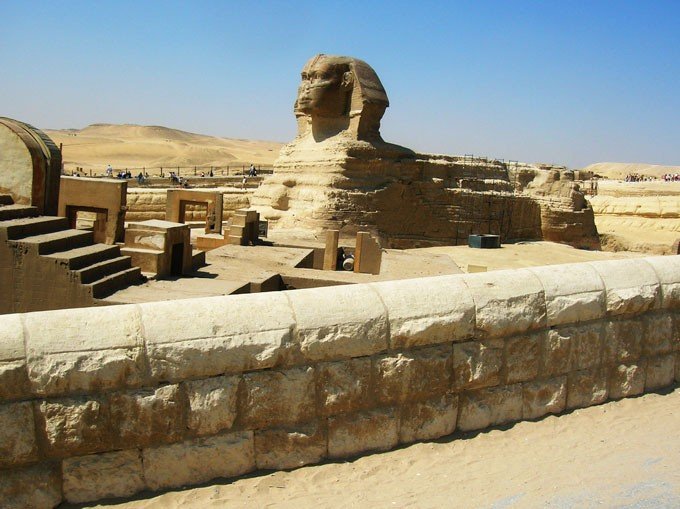
View and purpose
Carved out of a monolithic rocky block, the bulky figure, reflecting the torso of the king of all beasts and a human face, rises 73 meters high and stretches 20 meters long. It’s hard to imagine that such a majesty with the finest details built in remote antiquity, but the origin of the enormous figure is attributed to the XXVI century before the advent of our era. But, as in all undocumented teachings, there are alternative versions. For example, according to some Egyptologists, the stone guardian was erected by Atlanteans settling the African colony of Atlantis 200,000 years ago.
.
The Arabs dub their relic Abu Khol, which translates to “father of terror”. The man-lion is believed to protect the pyramids and the resting tombs of ancient Egyptian rulers. The main variant of whose face became a prototype for the epochal head of the lion, is reduced to the pharaoh Chephren. Relative confirmation of this is the word “Haf”, executed on a pillar, found in the past between the paws of the monster. Another group of scholars claim that the silhouette displays a replica of the face of Cheops. Some attribute the resemblance to Djedefre. Even Cleopatra was not left out of the judgments about from whom the epochal head was recreated. There is, of course, no single answer to this question.
.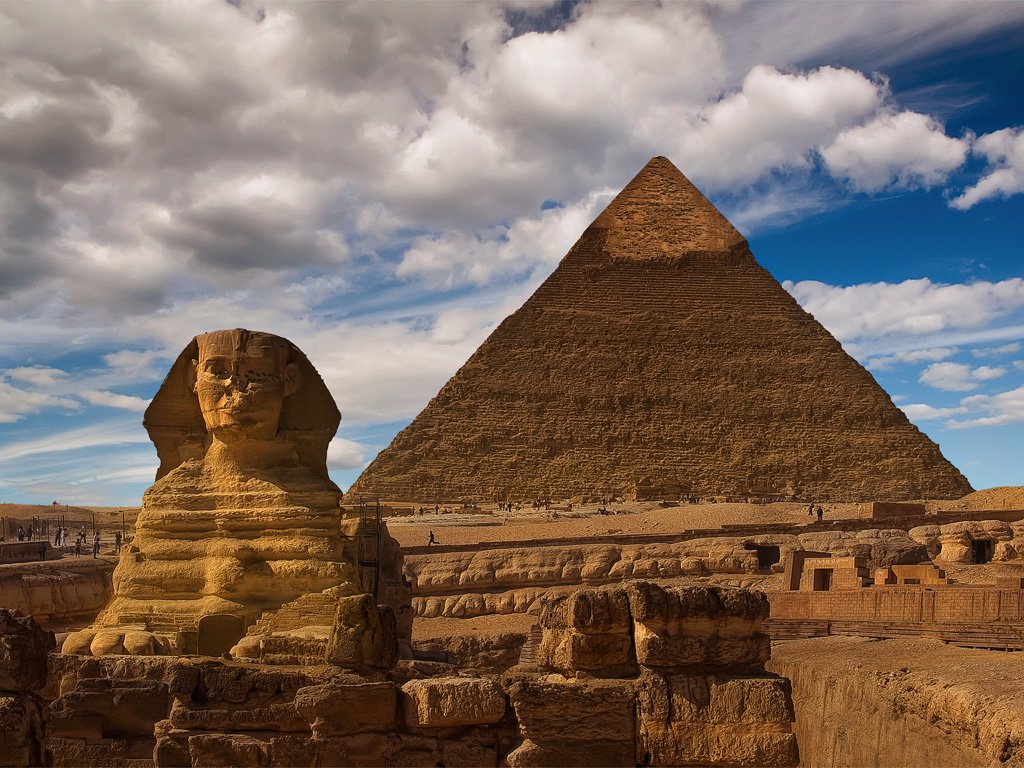
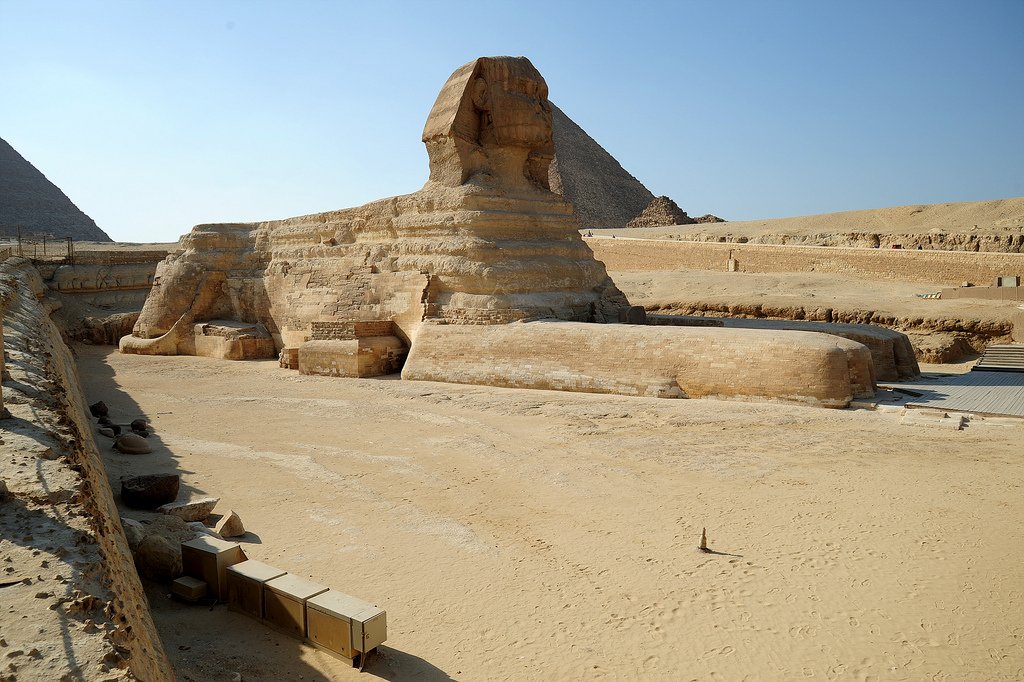
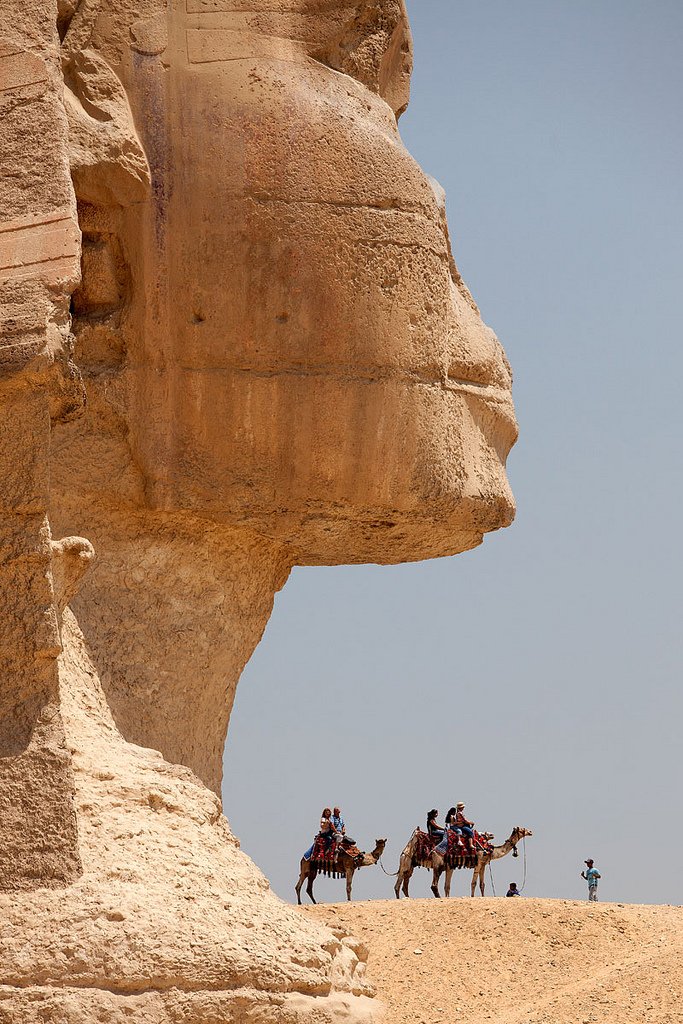
Destruction of the Sphinx
Although the Sphinx was repeatedly cleared of sand in ancient times, it was this sand that protected it for centuries until the Mamelukes, who considered the Sphinx’s smile too “pagan,” removed its nose and beard with cannon fire. The nose was never found, and the beard is kept in London’s British Museum, which refuses to return it to its owners.
.
But it’s not just about human cruelty. In 1987, a group of scientists discovered the presence of a water stratum beneath the unfortunate Sphinx’s paws. A year later, a piece weighing 200 kilograms fell off his right shoulder, and the resulting dent had to be urgently filled with cement. Fortunately, restoration work has recently been carried out using sandstone close to the original. Studies have shown that the head and neck are composed of dense stone, but the torso is porous and friable, and therefore extremely vulnerable to wind erosion. Researchers agree on the main causes of the Sphinx’s destruction: wind erosion, pollution and mass tourism.
.